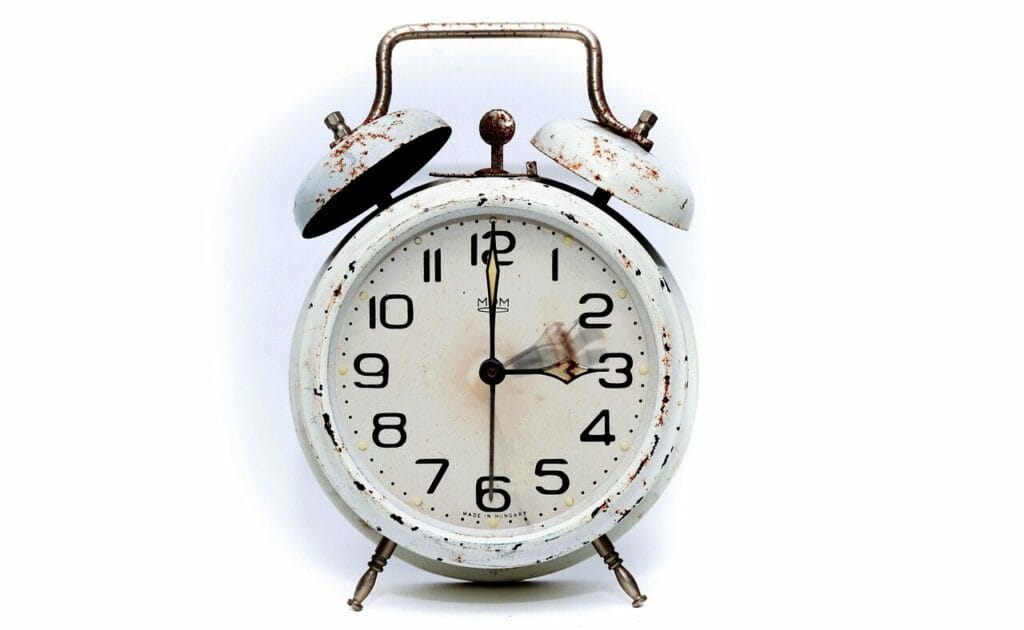Get ready to turn back the clocks this Sunday as Daylight Saving Time comes to an end for the year, granting Canadians an extra hour of sleep. However, this also means darker evenings ahead for Toronto and much of the nation.
Set your alarms for 2 a.m. on November 2nd when the clocks will roll back one hour, signaling the conclusion of Daylight Saving Time (DST) for 2025. With this adjustment, mornings will see earlier sunrises, but evenings will be cloaked in darkness sooner, a trade-off that has long been a topic of discussion among Canadians.
While some regions have pondered doing away with the biannual time change, the majority of the country, including Ontario, sticks to the tradition. Saskatchewan stands out as an exception, sticking to standard time year-round.
The origins of Daylight Saving Time in Canada trace back to the First World War, when it was introduced as a method to conserve energy by maximizing daylight hours. The concept was to reduce the need for artificial lighting and heating by adjusting the clock.
Although the initial goal of energy conservation has become less significant today, the practice endures. Advocates argue that longer summer evenings promote outdoor activities and benefit businesses in the retail and tourism sectors.
Critics, on the other hand, point out the disruptions to sleep schedules and the abrupt changes in daylight patterns that may outweigh the advantages.
The additional hour of sleep on Sunday morning may be a welcomed relief for many. However, experts caution that the time shift can have tangible effects on health and safety.
In recent times, a number of provinces, including Ontario and British Columbia, have taken steps to permanently switch to either Daylight Saving Time or standard time. Yet, such transitions are dependent on neighboring areas also making the same adjustment to prevent confusion in cross-border activities.
For now, Ontarians will continue to switch their clocks twice a year.



